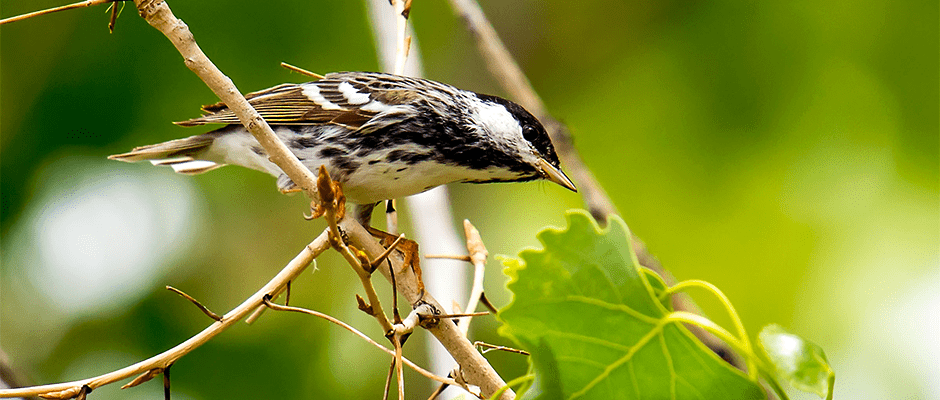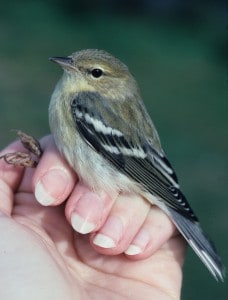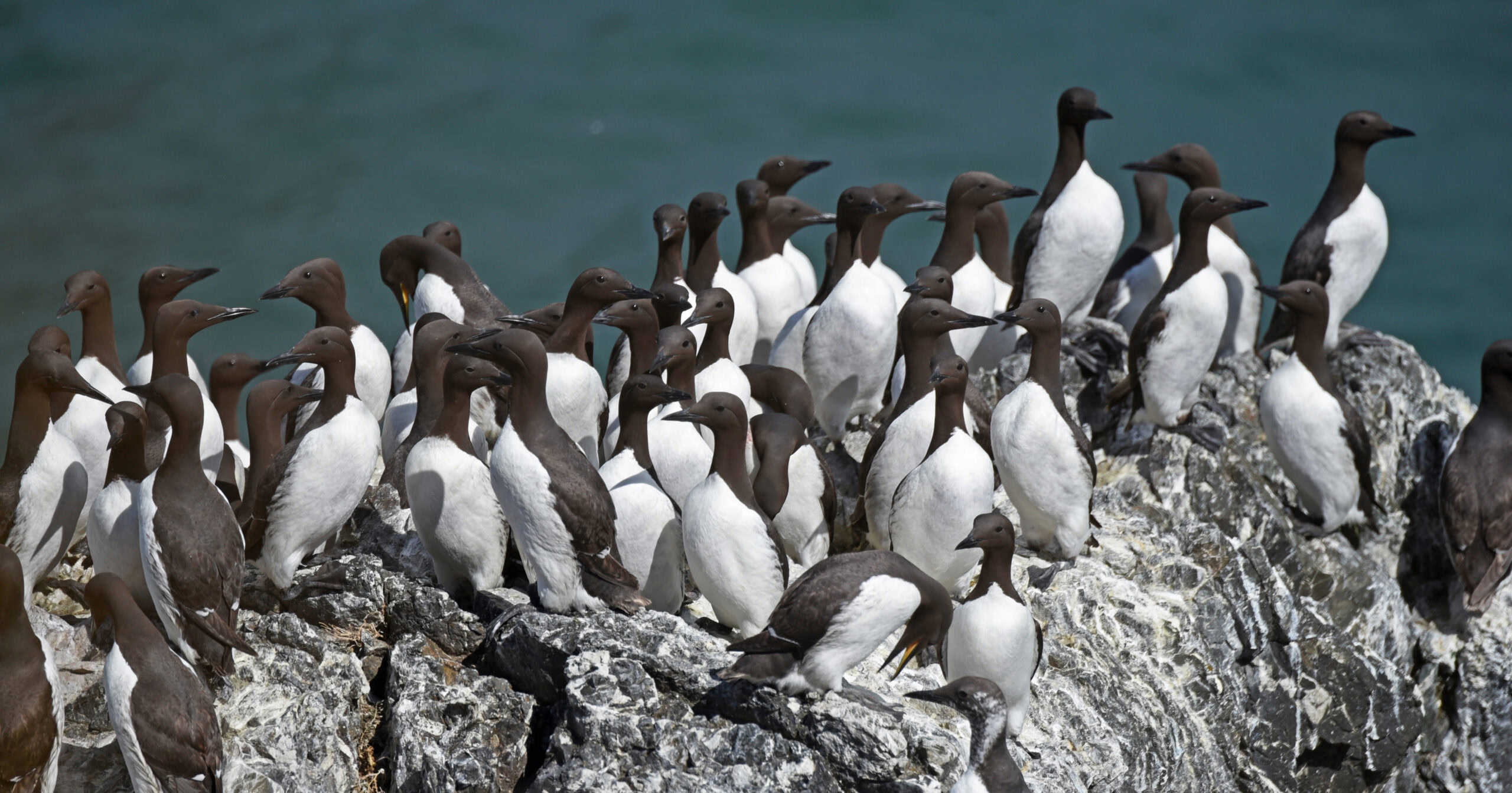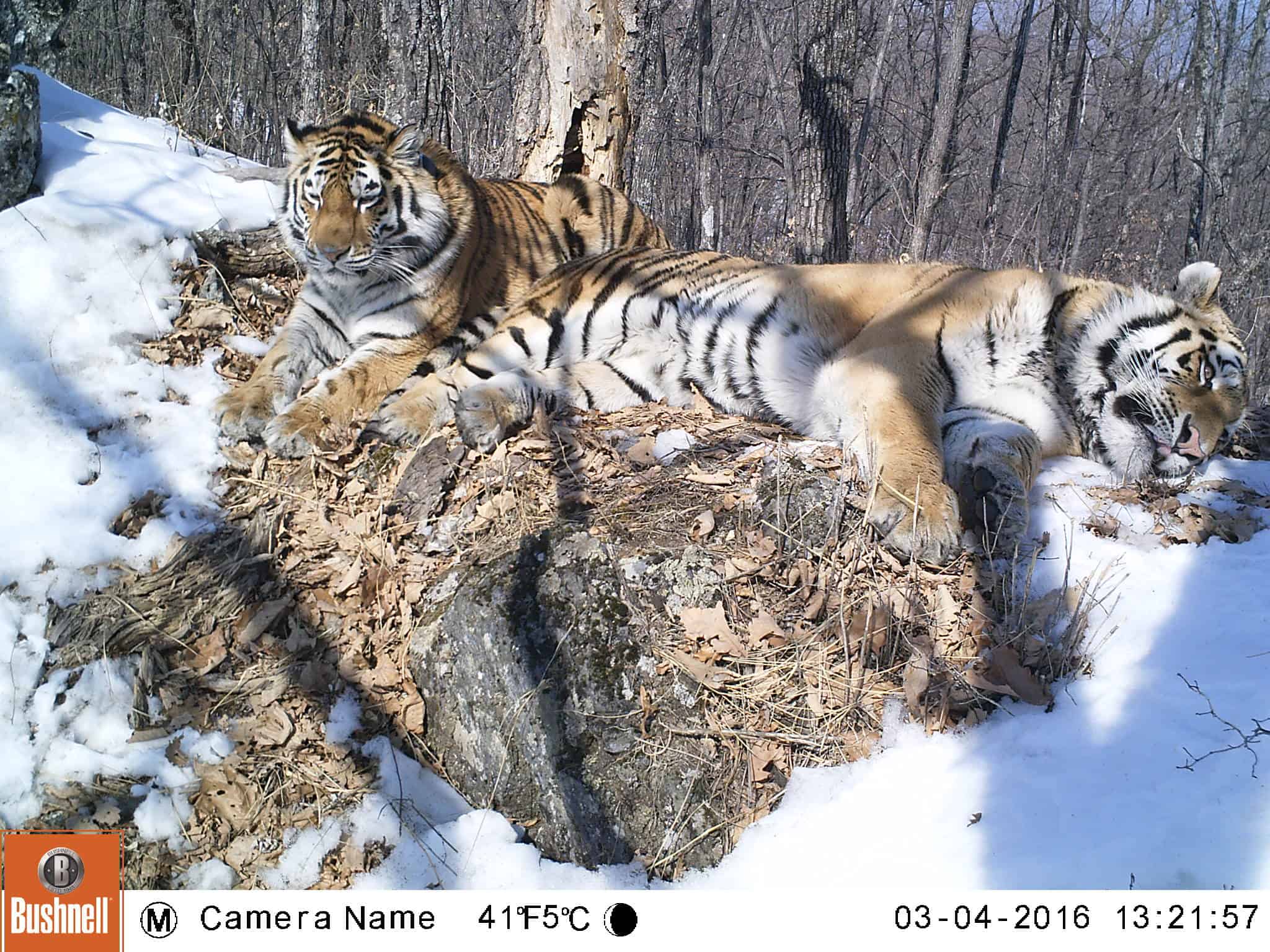Share this article
New Discoveries About Farthest Migrating Warbler
The blackpoll warbler (Setophaga striata) may be tiny, but its journey during migration is quite extensive.
The species has long fascinated biologists interested in migration. A recent tracking study confirmed the birds make phenomenal transoceanic three-day flights while migrating between eastern Canada to its Venezuelan winter grounds and other research concluded that the songbirds have the longest migration route.
Meanwhile, in a study recently published in The Auk: Ornithological Advances, researchers studied bird banding records across the northern part of North America to discern patterns of the birds’ fall migration.
Lead author of the study Sara Morris, the associate vice president for academic affairs and professor of biology at Canisius College in Buffalo, New York, and her colleagues analyzed 22,295 birds banded in North America — data that individuals collected from banding stations and sent in — and a few patterns stood out. They found that western-breeding birds leave their homes in the summer earlier than eastern-breeding birds in order to prepare for their longer journey. The western-breeding birds have to cross west to east before going south across the Atlantic.
Further, the researchers saw patterns of heavier birds staying along the coast in their migration, which Morris said was not surprising. However, what did surprise her was that heavier birds appeared to migrate later in the season — in mid-October to early November.
Morris and her colleagues also found that timing of migration has changed for the species. Fall migration is occurring later by about one day per decade on average. “I would not be surprised if this were related to climate change,” Morris said. But, she added the results of this could mean more time on the birds’ breeding grounds which might actually benefit them. For example, if there are bad weather events and the birds lose a clutch, they would be able to try to nest again.
Another main finding was that adult birds travel more quickly and tend to be in better condition than younger birds, likely because they have more experience than their younger counterparts.
Since the study showed that birds are gaining mass during their migration routes, Morris said there is especially need for conservation at stopover sites. “These sites are used to build the fat store that serve as fuel for migration,” she said. “We need to conserve breeding habitat, winter habitat and stopover habitats that birds use in their migration.” Another recent study showed that only 9 percent of migratory birds’ habitats are adequately protected.
Morris said the study was possible because of the collaborative efforts from her coauthors as well as the generosity of the individuals and institutions who contributed their data to the study. “We plan to do this for spring migration, too,” she said.
Header Image: A blackpoll warbler in Cherry Creek State Park in Colo. Image Credit: Steve Thompson, licensed by cc 2.0









